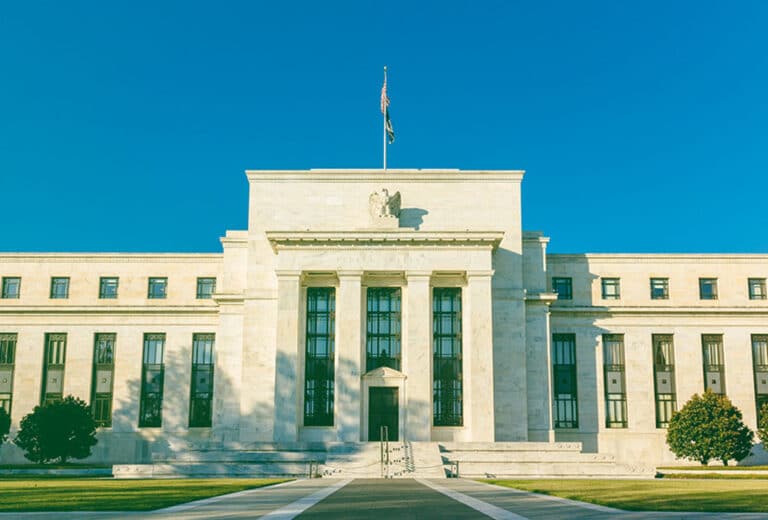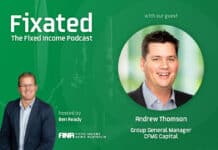
A report from T. Rowe Price Head of Multi-Asset Solutions APAC Thomas Poullaouec and team covering an AU/APAC focus.
MARKET PERSPECTIVE
- The global economic outlook remains uncertain as central banks balance reining in high inflation against a weakening growth backdrop.
- The US Federal Reserve reinforced its commitment to bring down inflation, recently raising its projected rates path at the risk of economic pain. Energy-driven inflation gives the European Central Bank a more challenging task amid a divergence in fiscal flexibility across the union’s members. The Bank of England is caught between battling high inflation and bond market volatility impacting its pension system, forcing a temporary pivot back to quantitative easing.
- Several central banks are being forced to tap into reserves to defend their currencies against a persistently strong US dollar, including the Bank of Japan. While China continues to try to bolster growth through supportive policies as its aims to contain the spread of the coronavirus.
- Key risks to global markets include central bank missteps, persistent inflation, potential for a sharper slowdown in global growth, China’s balance between containing the coronavirus and growth, and geopolitical tensions.
MARKET THEMES
Pound-ed
Markets ended the 3rd quarter rattled by news that the UK central bank temporarily pivoted back into quantitative easing to fend off a potential disaster for their pension system following a spike in rates. This comes at the same time the bank has been raising policy rates and moving toward quantitative tightening to fight record high inflation, led by shortage-driven energy prices. Worries spread quickly through the UK gilts markets—already weighed upon by threats of new supply to fund Prime Minister Truss’ fiscal spending plans—on concerns pensions would be forced sellers of gilts to meet margin calls. In synch with the bond sell-off, the British pound extended its slide to record low levels against the U.S. dollar. The chaos in financial markets and sell-off in the pound could spell disaster for UK’s central bank as they try to rein in inflation and navigate fiscal spending, all while avoiding a collapse in their pension system. The UK’s woes are not unique in the current environment. Aggressive central bank tightening, led by the Fed, is pressuring currencies across developed and emerging markets, pushing imports inflation higher and bleeding currency reserves.
Also read: Fixed Income Has Highest Inflow As ETF Value Falls
Fragilities are becoming more evident as the Fed keeps on its aggressive path, leaving other markets increasingly vulnerable to getting pounded.
Anywhere to Hide?
Hopes for a continuation of the summer rally off the June lows were dashed in the back half of the 3rd quarter. The inflection lower in risk assets coincided with Fed Chairman Powell’s late August speech in Jackson Hole where he pledged a continuation of aggressive policy to beat back inflation. Market participants that had been awaiting a hint of a “pivot” or a least a slowdown to wait and see the data were sadly disappointed. Still strong reports on inflation and worries about collapsing currencies abroad further weighed on sentiment. Outside of cash and the US dollar, both risky and safe-haven assets steepened their declines over the quarter, leaving global equities down -25% year-to-date and global bonds not far behind, down nearly -20%. While there have been few places for investors to hide this year, some segments of the market are becoming more attractive. Amongst those are high yield bonds that now yield near 10%, providing a more balanced risk-to-reward entry point and with yield levels that have historically delivered attractive forward returns. While the risk of recession remains elevated and inflation has yet to be tamed, high yield fundamentals remain strong relative to history and could provide an attractive hideout and reasonable compensation for risks.
PORTFOLIO POSITIONING
- We maintained our underweight to stocks, favoring high yield bonds for risky exposures. We remain broadly cautious on equities given aggressive central bank tightening and moderating outlook for growth and earnings.
- We remain underweight duration given continued risk of higher rates weighing on bonds, while short term bonds offer more attractive yields given the push higher in short-term policy interest rates.
- Within equities, we are nearly balanced between value and growth. Slowing growth backdrop is unfavorable for cyclicals, while higher rates weigh on growth-oriented equities. We are underweight Developed vs Emerging markets while being neutral on Australian stocks.
- Within fixed income, we added to Australian treasury bonds as a risk-off hedge to equities and relatively more attractive yield levels. Elsewhere in fixed income we remain constructive on high yield based on attractive yields and still supportive fundamentals.
From the T. Rowe Price Australia Investment Committee, as at 30 September 2022

































